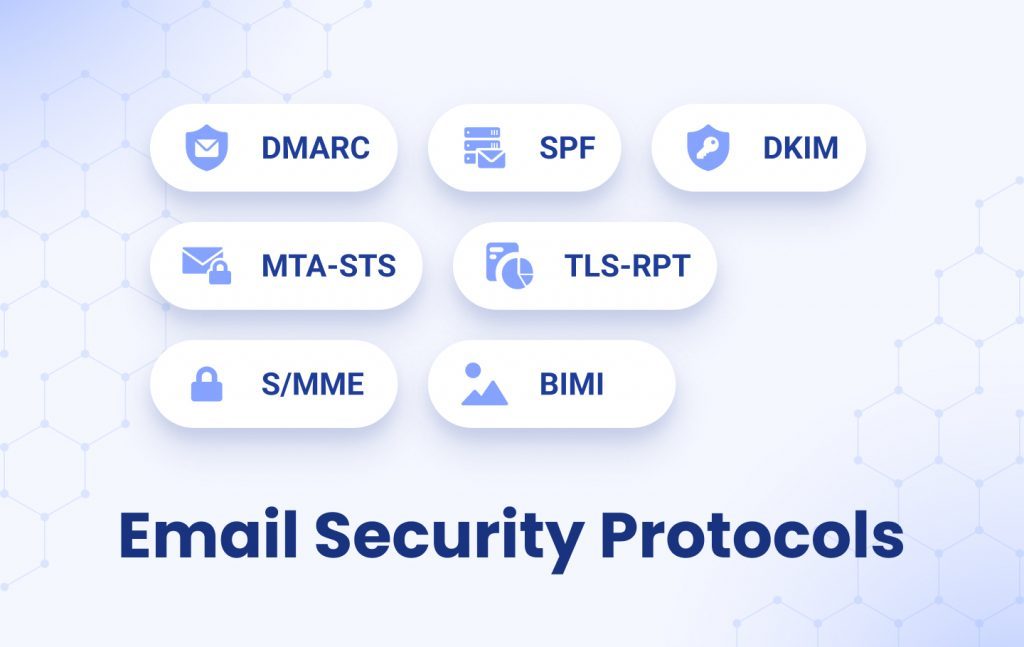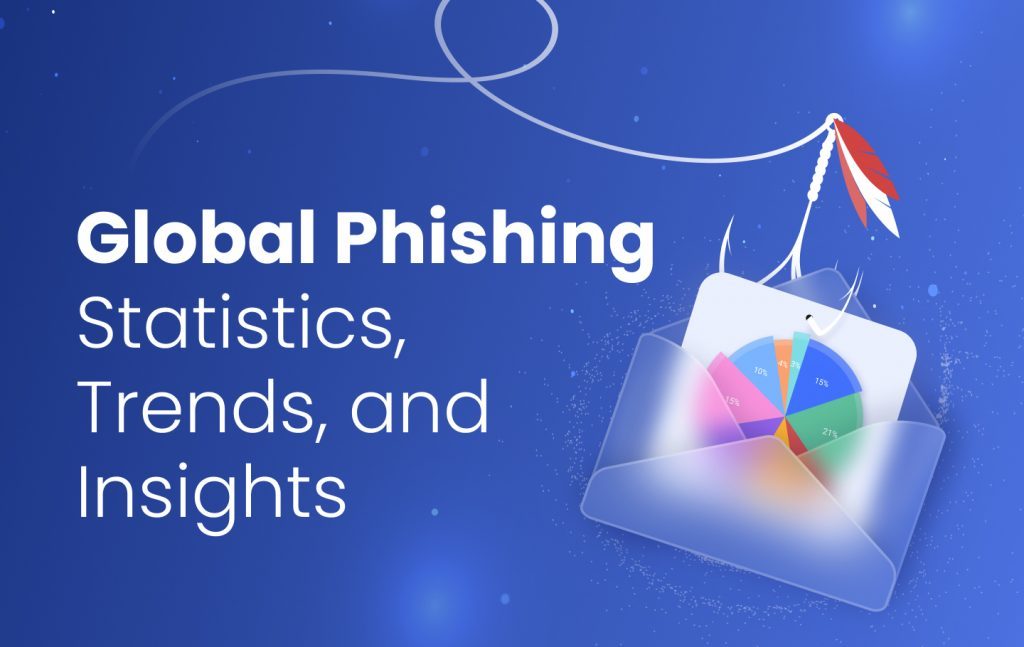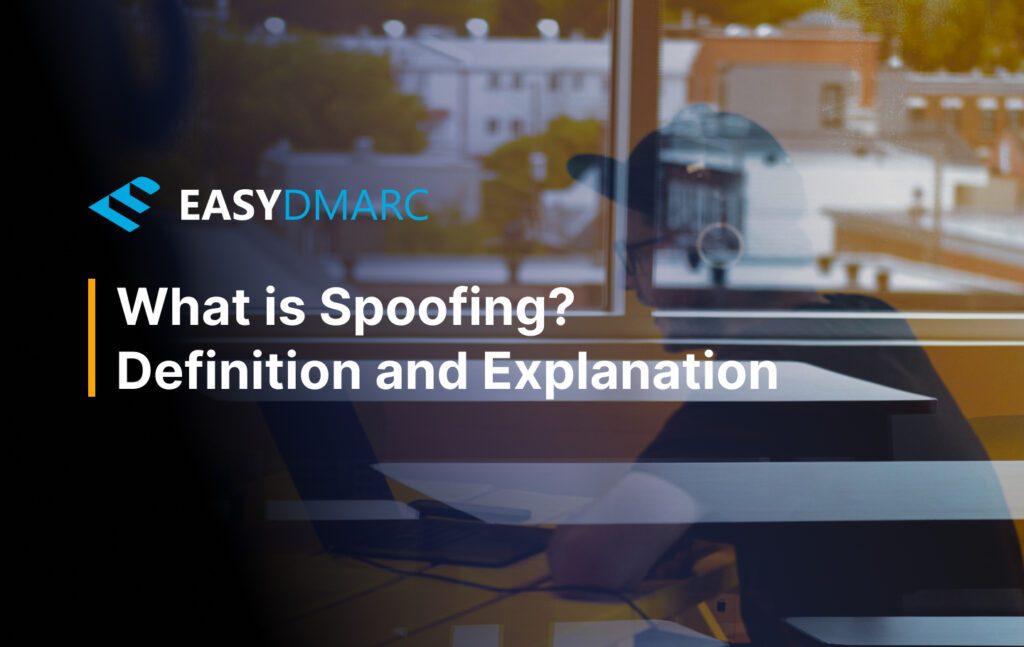What is Email Spoofing?
Email spoofing is a cyberattack technique where a hacker forges the “From” address in an email to make it look like it’s coming from a trusted sender. The goal is usually to trick recipients into sharing sensitive information, clicking on malicious links, or downloading harmful attachments.
Since spoofed emails often look identical to legitimate messages, they can easily bypass human judgment and lead to phishing attacks, data theft, or financial fraud. This makes email spoofing one of the most common and dangerous tactics in email-based cybercrime.





